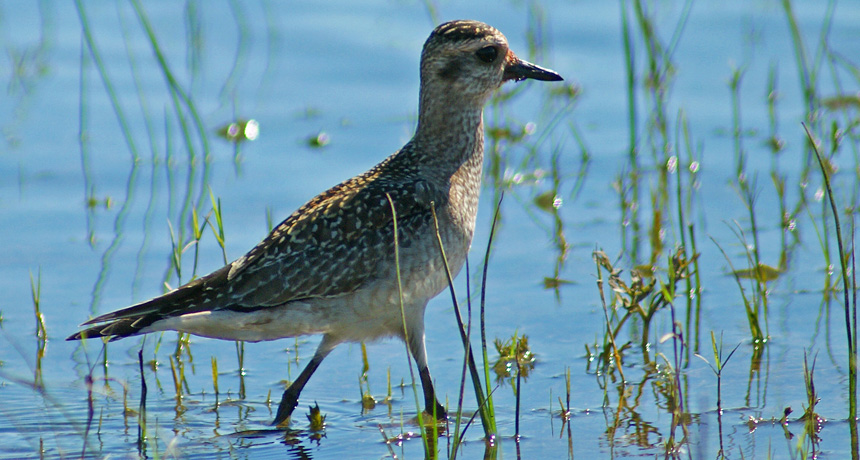Mosses hitch rides on the wings of birds

The American golden-plover summers in the Arctic and winters in Central and South America. Researchers found evidence the birds may be bringing mosses from the north to their winter home.
Edwin Harvey/Flickr (CC BY-NC-SA 2.0)






